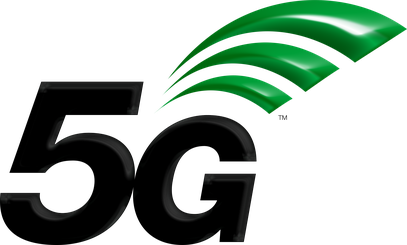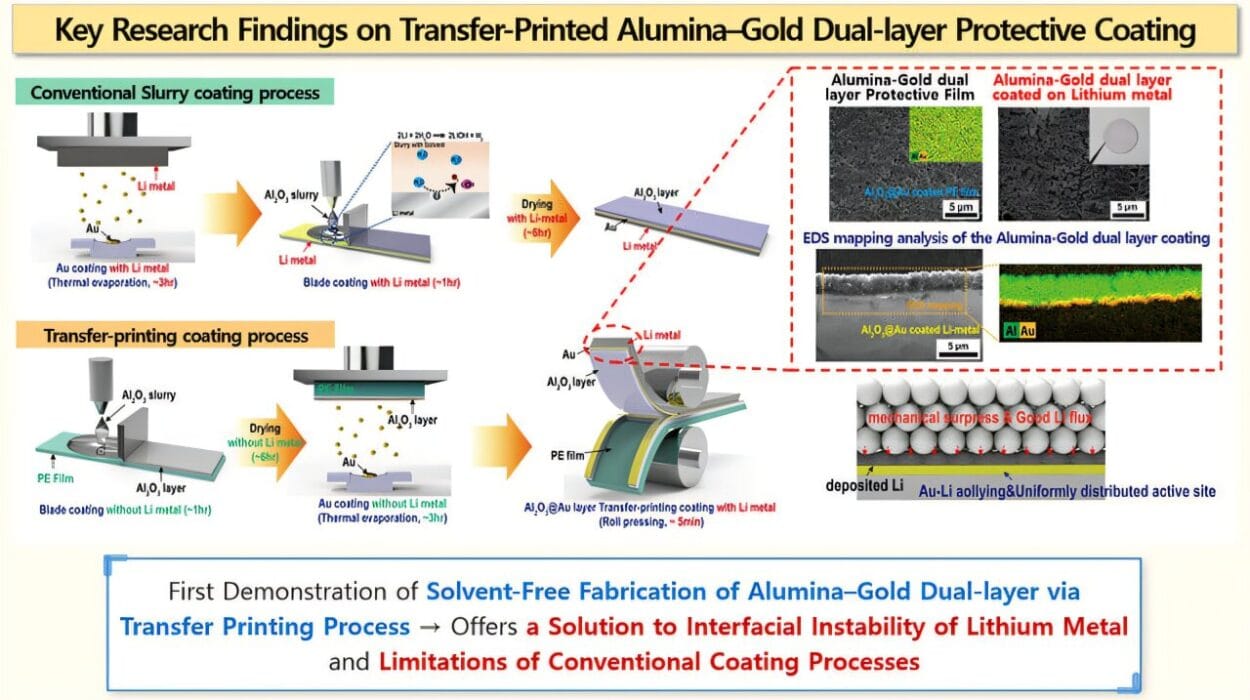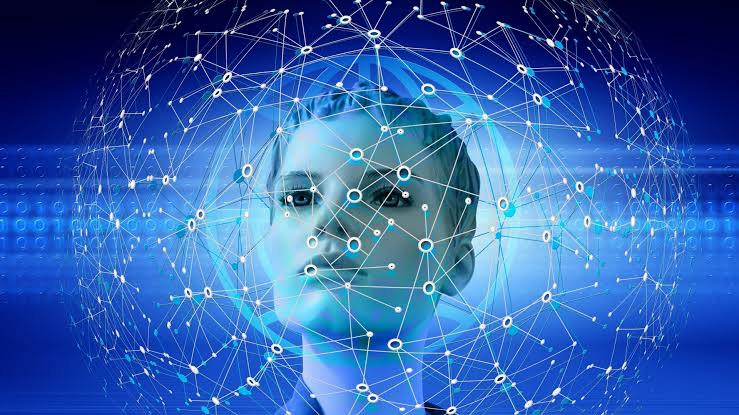In a world where technology is advancing at breakneck speed, there are few innovations as eagerly anticipated as 5G technology. With the promise of faster speeds, better connectivity, and new possibilities for innovation, 5G is not just an incremental upgrade to existing networks—it’s a game changer. For many, 5G is the next big leap in how we communicate, work, and interact with the world around us.
But what exactly is 5G, and how will it affect you? While its impact is still unfolding, it’s already clear that 5G will transform industries, redefine daily life, and open doors to innovations that are almost unimaginable today. In this article, we’ll explore what 5G technology is, how it works, and the profound ways it will reshape our digital landscape.
What Is 5G?
Before diving into how 5G will change our lives, it’s important to understand what 5G actually is. 5G stands for “fifth generation”, and it’s the latest evolution of mobile network technology. It follows 4G LTE (Long-Term Evolution) technology, which revolutionized mobile connectivity by making high-speed internet access widely available. But 5G promises to take things much further.
The leap from 4G to 5G is not just about faster speeds, though speed is a key component. 5G represents a fundamental shift in how mobile networks operate. It introduces technologies that will make the internet faster, more reliable, and more accessible, while enabling entirely new types of services and applications.
The Key Features of 5G
- Incredible Speed: One of the most anticipated features of 5G is its speed. 5G is expected to deliver speeds that are up to 100 times faster than 4G, reaching speeds of up to 10 gigabits per second (Gbps). This means you can download entire movies in seconds and stream high-definition content without buffering.
- Low Latency: 5G will significantly reduce latency, the time it takes for data to travel between devices. While 4G latency is typically around 30-50 milliseconds, 5G can reduce this to just 1 millisecond—essentially real-time communication. This is crucial for applications like autonomous vehicles and remote surgery, where split-second decisions can mean the difference between success and failure.
- Massive Device Connectivity: 5G will enable the Internet of Things (IoT) to reach its full potential. 5G can handle millions of connected devices per square kilometer, compared to just hundreds for 4G. This capability will power the smart cities, homes, and industries of the future, where devices, sensors, and machines communicate seamlessly.
- Improved Network Efficiency: 5G uses advanced network slicing techniques to divide the network into different “slices” based on the needs of specific applications. For example, one slice might prioritize speed, while another prioritizes reliability for mission-critical services. This makes 5G more versatile and adaptable for various use cases.
- Higher Bandwidth: 5G operates across a wide range of frequencies, including higher millimeter-wave (24 GHz and above) bands, which offer greater bandwidth. This increase in bandwidth supports the faster speeds and larger data volumes that 5G promises.
How Will 5G Change Your Life?
Now that we’ve covered the basics of what 5G is, let’s dive into how it will impact different aspects of your daily life. From entertainment and communication to healthcare and transportation, 5G will touch virtually every area of modern society. Let’s explore some of the most significant ways it will change your world.
1. Revolutionizing Communication
Communication is the backbone of modern life, and 5G will make it faster, more immersive, and more efficient. Here are some of the ways 5G will change how we communicate:
Faster, Seamless Video Calls
5G will make video calls feel more like in-person interactions. With ultra-low latency and high-speed connections, video conferencing platforms will be smoother and more responsive. Imagine connecting with loved ones, business partners, or colleagues in crystal-clear video without lag or buffering. Virtual reality (VR) and augmented reality (AR) applications for communication will become more mainstream, with virtual meetings and immersive experiences becoming a regular part of your day.
Enhanced Social Media Experience
For social media enthusiasts, 5G will make posting, streaming, and interacting in real-time a more seamless experience. Live streaming will be more stable, allowing content creators to stream in 4K or even 8K resolution without worrying about lag or connectivity issues. With 5G’s high data capacity, you can expect smoother uploads, instant content sharing, and enhanced interactions with your followers.
2. Transforming Entertainment and Media Consumption
Entertainment is another area where 5G will leave a significant mark. As the demand for high-quality, on-demand content continues to rise, 5G will enable the next generation of entertainment experiences:
Seamless Streaming
With 5G’s high speeds and low latency, streaming your favorite movies, TV shows, and music will be almost instantaneous. You’ll be able to watch 4K and 8K content with zero buffering, even on mobile devices. Streaming platforms will be able to deliver higher-quality video without compromising load times, making watching videos on-the-go as enjoyable as watching them at home.
Immersive Experiences with VR and AR
Virtual reality and augmented reality will see significant improvements with 5G. As the speed and bandwidth of the network increase, it will support VR and AR experiences that are more immersive and realistic. Whether you’re gaming, watching live events, or learning through interactive content, 5G will enable more lifelike, fully interactive digital experiences.
For instance, you could attend a live concert virtually, feeling like you’re actually there with a VR headset, or use AR to enhance shopping experiences by trying on clothes or furniture in your home using your phone’s camera.
Cloud Gaming and Remote Play
Cloud gaming services, such as Google Stadia, NVIDIA GeForce Now, and Microsoft xCloud, will flourish under 5G. Instead of needing high-performance hardware, gamers will be able to stream their games from the cloud with near-zero latency. 5G will allow for seamless, high-quality gaming experiences, even on smartphones, tablets, or lightweight laptops. You’ll be able to play demanding titles like Cyberpunk 2077 or Call of Duty without a powerful console or gaming PC.
3. Healthcare and Telemedicine: A Lifesaving Evolution
5G has the potential to revolutionize healthcare, offering faster communication, improved diagnostics, and better access to medical services, particularly in rural or underserved areas.
Remote Surgery and Real-Time Monitoring
One of the most exciting prospects of 5G in healthcare is the ability to perform remote surgery. With 5G’s ultra-low latency and high reliability, surgeons could operate on patients across the globe, guided by real-time video feeds and robotic systems. This could bring high-quality medical care to areas that don’t have access to skilled surgeons.
In addition, remote patient monitoring will become more effective. Wearables, such as smartwatches and medical sensors, will continuously track vital signs, and 5G will transmit this data in real time to healthcare providers. Doctors will be able to intervene instantly if needed, improving patient outcomes.
Telehealth for Everyone
Telemedicine will be more accessible with 5G. Virtual doctor’s visits, mental health counseling, and specialist consultations will become commonplace, allowing patients to receive care from the comfort of their homes. This will be especially beneficial for people in remote or rural areas, or for those with mobility issues, reducing the need for travel to healthcare facilities.
4. Autonomous Vehicles and Smarter Transportation
5G will also play a critical role in the development of autonomous vehicles and the transformation of transportation systems. The high-speed, low-latency network will provide the necessary infrastructure for self-driving cars, trucks, and drones to operate safely and efficiently.
Self-Driving Cars
Autonomous vehicles rely on constant communication between sensors, onboard computers, and other vehicles on the road. 5G will enable vehicle-to-everything (V2X) communication, where cars can exchange real-time information about their surroundings, road conditions, and potential hazards. This will make autonomous driving systems much safer and more responsive, reducing the likelihood of accidents and improving traffic flow.
Smart Cities and Connected Infrastructure
5G will enable smart city technologies, where everything from traffic lights to waste management systems to street lighting is connected and optimized in real-time. For instance, traffic lights could automatically adjust to improve traffic flow, while streetlights could dim when no one is around, saving energy.
Public transportation systems could also become more efficient, with buses and trains operating on optimized schedules based on real-time data, reducing delays and congestion.
5. The Internet of Things: Connecting Everything
The Internet of Things (IoT) refers to the network of physical devices, vehicles, appliances, and other objects embedded with sensors and software that allow them to collect and exchange data. 5G will dramatically expand the potential of IoT, connecting billions of devices in ways that were previously unimaginable.
Smart Homes and Devices
With 5G, your smart home will be more responsive and intelligent. Appliances, lights, thermostats, and even security systems will work seamlessly together, providing greater convenience and energy efficiency. Your fridge could order groceries when supplies are low, your thermostat could adjust the temperature based on your schedule, and your home security system could provide real-time alerts when someone is at your door.
Industry 4.0: Transforming Manufacturing and Logistics
In the industrial sector, 5G will enable the next phase of automation, known as Industry 4.0. Factory robots, drones, and automated machinery will communicate with each other in real time, ensuring that production lines run smoothly and efficiently. The ability to monitor and control machinery remotely, with zero delay, will revolutionize manufacturing processes, making them faster and more flexible.
6. Enhancing Connectivity for Rural and Underserved Areas
One of the more profound impacts of 5G will be its ability to provide high-speed internet access to remote and underserved areas. While urban centers may already have access to fast internet, rural areas often suffer from slow or unreliable connectivity. With 5G’s ability to handle many more devices and provide coverage over large areas, it could bring the internet to places where it has been previously unavailable, opening up new opportunities for education, business, and healthcare.
Conclusion: A Connected, Faster, and Smarter Future
5G is not just a technological upgrade; it’s the foundation for the next wave of digital innovation. It will change the way we communicate, how we access entertainment, how we receive medical care, and how we get around. The potential is vast, and the transformation has only just begun.
As 5G networks continue to roll out around the world, we’ll witness a profound shift in our daily lives. We will live in a world that’s faster, more connected, and smarter—a world where new opportunities are constantly emerging. Whether it’s in healthcare, transportation, entertainment, or IoT, 5G will redefine how we experience the world. The future is connected, and it’s coming faster than we can imagine.






